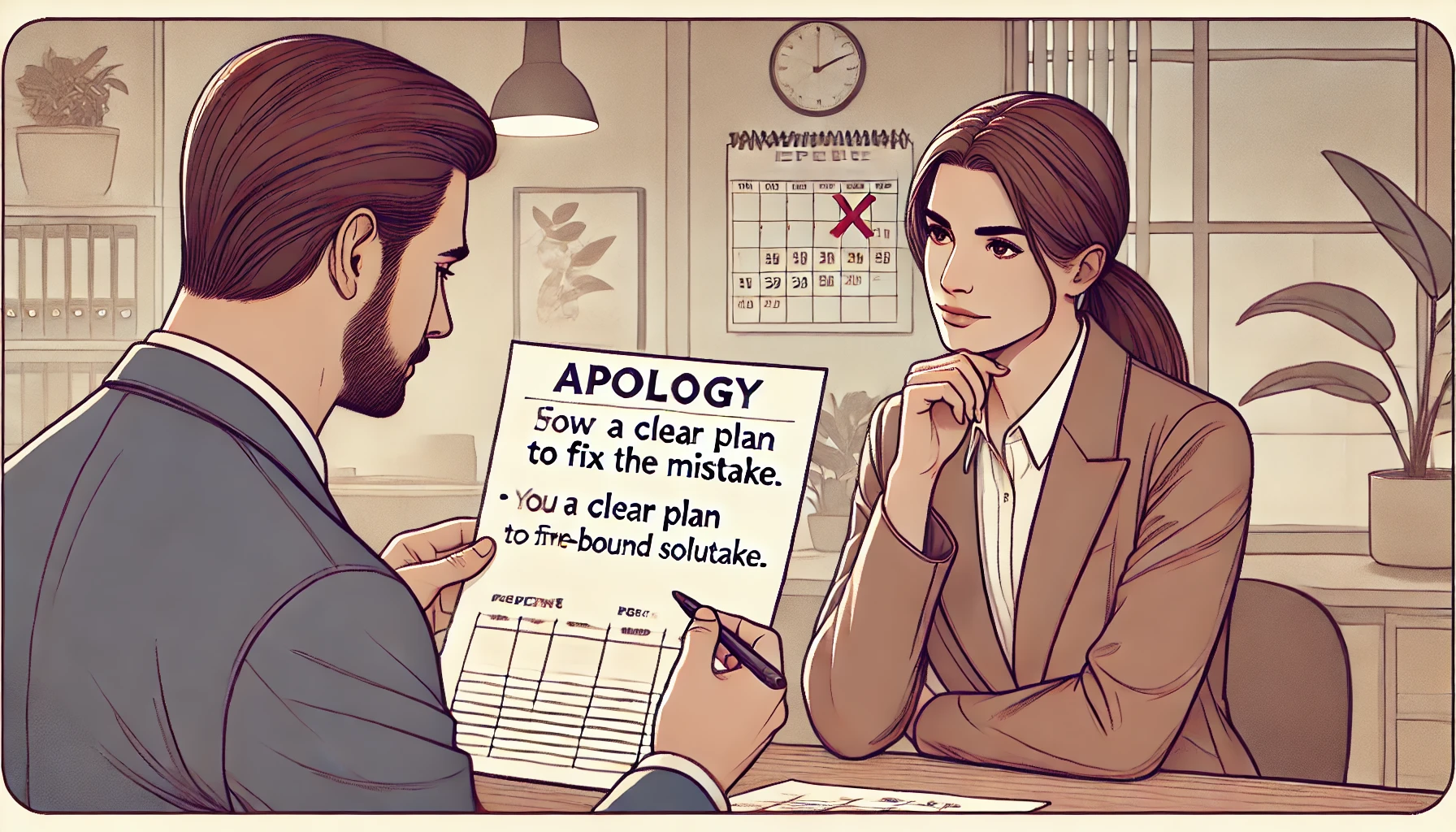In both personal and professional relationships, trust and understanding are essential. One of the key ways to maintain and restore these bonds is by mastering the art of a sincere apology. A well-crafted apology has the potential to heal wounds, rebuild trust, and strengthen connections. But for an apology to have real impact, it must go beyond vague expressions of regret. Genuine apologies require detail, authenticity, and a clear acknowledgment of the specific actions that caused harm. When you recognize the exact behavior that led to the problem, it shows true accountability and sincerity—helping your apology resonate on a deeper level.
Why Specificity Matters in Apologies
Vague apologies often feel empty. People can tell when an apology is more of a formality than a genuine attempt to repair damage. The common phrase “I’m sorry if I hurt you” lacks the weight and personal accountability of a more specific statement, such as, “I’m sorry I interrupted you during our meeting yesterday.”
By identifying and admitting the precise actions that caused harm, you demonstrate self-awareness and understanding. This not only validates the other person’s feelings but also shows that you’re taking responsibility for your role in the conflict. When done thoughtfully, this level of accountability transforms an apology from hollow words into a genuine step toward healing.
Accountability: The Foundation of Strong Relationships
In both personal and professional settings, accountability is the foundation of trust. Without it, relationships suffer. By acknowledging the specific actions that caused harm, you do more than apologize—you show a willingness to change. This acknowledgment reinforces the sincerity of your apology, confirming to the other person that you understand the consequences of your actions and are committed to improving.
In essence, you’re not just saying “sorry”; you’re actively demonstrating a desire to make things right.
How to Craft a Sincere Apology
Creating an apology that reflects sincerity and accountability is simple if you follow a few key steps. Avoid vague language like “I’m sorry for everything,” and instead focus on what happened. Here’s a blueprint to help guide your apologies:
- Identify the behavior: Clearly state what you did or said that caused harm.
- Acknowledge the impact: Demonstrate that you understand how your actions affected the other person.
- Express regret: Show remorse for the behavior, not just for the consequences.
- Take responsibility: Avoid excuses or shifting blame; own your actions fully.
- Commit to change: Promise how you will act differently moving forward.
Here’s an example:
“I’m sorry for interrupting you during the meeting. I realize it was disrespectful and made you feel like your input wasn’t valued. That wasn’t my intention, and I regret how my actions affected our collaboration. I’ll make a conscious effort to listen more carefully in the future to ensure everyone’s voice is heard.”
This apology is specific, acknowledges the impact, and includes a commitment to change—essential elements that convey sincerity and build trust.
Common Mistakes to Avoid
It’s easy to make mistakes when apologizing, especially in moments of high tension. Here are five common pitfalls and how to avoid them:
- Being too vague: Avoid general apologies like, “I’m sorry if I upset you.” Instead, pinpoint the exact behavior that caused harm.
- Shifting blame: Never say, “I wouldn’t have done that if you hadn’t…”—this deflects responsibility and diminishes the other person’s feelings.
- Over-apologizing: Excessive apologies can come across as insincere and may weaken the impact of your words.
- Minimizing the issue: Don’t downplay the other person’s feelings with phrases like “It wasn’t a big deal.” Always validate their emotions.
- Failing to follow through: Words mean little without action. Make sure your behavior reflects your promise to change.
How Specificity Builds Trust
A detailed, specific apology does more than just acknowledge a mistake—it helps rebuild trust. When you recognize the precise behavior that caused harm, you’re essentially saying, “I see what I did, and I understand how it affected you.” This level of insight reassures the other person that you’re listening and that you genuinely care about making things right.
Trust, once damaged, takes time to repair. But a specific apology is often the first crucial step toward restoring that trust. By contrast, vague or generic apologies leave room for doubt, which can prolong feelings of hurt and make it harder to move forward.
The Power of Specificity: Real-World Applications
Specific apologies are not just about sounding more genuine—they have a profound effect on how people perceive you, especially in professional environments. When you acknowledge your missteps and take responsibility, it sets a positive example for others. It fosters open communication and reinforces a collaborative, respectful atmosphere.
Let’s say, for instance, you miss a deadline on an important project at work. Instead of saying, “Sorry about that,” a more thoughtful apology would be:
“I apologize for missing the deadline on the report. I know it put extra pressure on the team, and I should have communicated the delay earlier. Moving forward, I’ll provide more regular updates to avoid this situation in the future.”
This type of apology shows you’re not only aware of your mistake but also committed to improving. Such accountability is crucial in professional settings where teamwork and mutual respect are vital.
Conclusion: Acknowledge, Apologize, and Act
Mastering the art of a sincere apology requires more than just saying “sorry.” By acknowledging the specific actions that caused harm, you demonstrate sincerity, accountability, and a willingness to make things right. In doing so, you lay the groundwork for rebuilding trust and strengthening relationships.
Whether in personal or professional contexts, the most impactful apologies involve reflection, empathy, and action. Take responsibility, offer a genuine commitment to change, and remember: an apology is only as powerful as the follow-through that comes with it.


